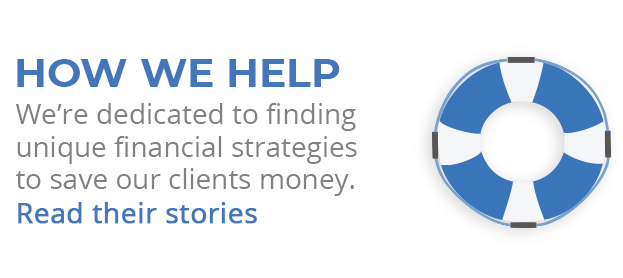“Easing without end” will finally end. According to its June policy meeting minutes, the Federal Reserve plans to wrap up QE3 this fall. Barring economic turbulence, the central bank’s ongoing stimulus effort will conclude on schedule, with a last $15 billion cut to zero being authorized at the October 28-29 Federal Open Market Committee meeting.
So when might the Fed start tightening? As the Fed has pledged to keep short-term interest rates near zero for a “considerable time” after QE3 ends, it might be well into 2015 before that occurs.
In June, 12 of 16 Federal Reserve policymakers thought the benchmark interest rate would be at 1.5% or lower by the end of 2015, and a majority of FOMC members saw it at 2.5% or less at the end of 2016.
It may not climb that much in the near term. Reuters recently indicated that most economists felt the central bank would raise the key interest rate to 0.50% during the second half of 2015. In late June, 78% of traders surveyed by Bloomberg News saw the first rate hike in several years coming by September of next year.
Are the markets ready to stand on their own? Quantitative easing has powered this bull market, and stocks haven’t been the sole beneficiary. Today, almost all asset classes are trading at prices that are historically high relative to fundamentals.
Some research from Capital Economics is worth mentioning: since 1970, stocks have gained an average of more than 11% in 21-month windows in which the Fed greenlighted successive rate hikes. Bears could argue that “this time is different” and that stocks can’t possibly push higher in the absence of easing – but then again, this bull market has shattered many expectations.
What if we get a “new neutral”? In 2009, legendary bond manager Bill Gross forecast a “new normal” for the economy: a long limp back from the Great Recession marked by years of slow growth. While Gross has been staggeringly wrong about some major market calls of late, his take on the post-recession economy wasn’t too far off. From 2010-13, annualized U.S. GDP averaged 2.3%, pretty poor versus the 3.7% it averaged from the 1950s through the 1990s.
Gross now sees a “new neutral” coming: short-term interest rates of 2% or less through 2020. Some other prominent economists and Wall Street professionals hold roughly the same view, and are reminding the public that the current interest rate environment is closer to historical norms than many perceive. As Prudential investment strategist Robert Tipp told the Los Angeles Times recently, “People who are looking for higher inflation and higher interest rates are fighting the last war.” Lawrence Summers, the former White House economic advisor, believes that the U.S. economy could even fall prey to “secular stagnation” and become a replica of Japan’s economy in the 1990s.
If short-term rates do reach 2.5% by the end of 2016 as some Fed officials think, that would hardly approach where they were prior to the recession. In September 2007, the benchmark interest rate was at 5.25%.
What will the Fed do with all that housing debt? The central bank now holds more than $1.6 trillion worth of mortgage-linked securities. In 2011, Ben Bernanke announced a strategy to simply let them mature so that the Fed’s bond portfolio could be slowly reduced, with some of the mortgage-linked securities also being sold. Two years later, the strategy was modified as a majority of Fed policymakers grew reluctant to sell those securities. In May, New York Fed president William Dudley called for continued reinvestment of the maturing debt even if interest rates rise.
Bloomberg News recently polled more than 50 economists on this topic: 49% thought the Fed would stop reinvesting debt in 2015, 28% said 2016, and 25% saw the reinvestment going on for several years. As for the Treasuries the Fed has bought, 69% of the economists surveyed thought they would never be sold; 24% believed the Fed might start selling them in 2016.
Monetary policy must normalize at some point. The jobless rate was at 6.1% in June, 0.3% away from estimates of full employment. The Consumer Price Index shows annualized inflation at 2.1% in its latest reading. These numbers are roughly in line with the Fed’s targets and signal an economy ready to stand on its own. Hopefully, the stock market will be able to continue its advance even as things tighten.

About the Independent Financial Advisor
Robert Pagliarini, PhD, CFP®, EA has helped clients across the United States manage, grow, and preserve their wealth for the past 25 years. His goal is to provide comprehensive financial, investment, and tax advice in a way that was honest and ethical. In addition, he is a CFP® Board Ambassador, one of only 50 in the country, and a real fiduciary. In his spare time, he writes personal finance books, finance articles for Forbes and develops email and video financial courses to help educate others. With decades of experience as a financial advisor, the media often calls on him for his expertise. Contact Robert today to learn more about his financial planning services.










